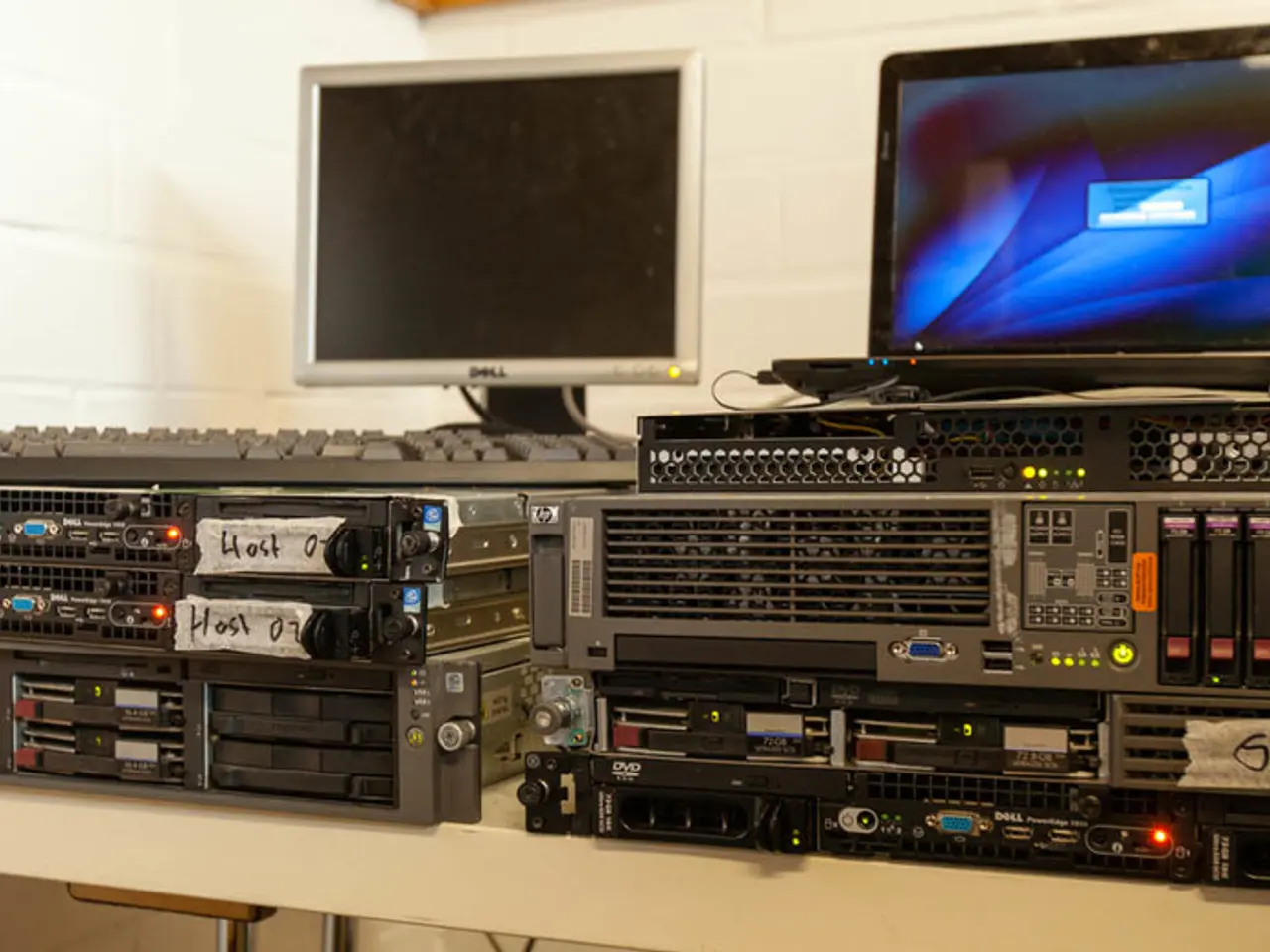Enhance Blood Glucose Monitors with Intelligent Design
Designing cost-effective and connected modern glucose monitors is a complex task that requires balancing various factors such as usability, cost, and connectivity. The goal is to create compact and efficient systems for glucose monitoring that are user-friendly and integrate essential components seamlessly.
Practical Design Approach
Modern glucose monitors generally consist of a sensor, a transmitter or processing unit, a wireless interface, and a user display or app interface for real-time monitoring. A typical system block diagram includes a glucose sensor, analog front end (AFE), microcontroller unit (MCU), wireless communication module, power management system, user interface, and applicator for insertable sensors.
Key Design Tips
To create efficient and user-friendly glucose monitors, several design tips should be considered. These include integrating the sensor and transmitter, minimising blood sample sizes and test times, prioritising user comfort and safety, maximising power efficiency, implementing robust wireless designs, using cost-effective components, and exploring non-invasive sensing options.
Recommended Components
Several components are recommended for the development of modern glucose monitors. These include specialized glucose sensing AFEs, low-power ARM Cortex-M series microcontrollers, Bluetooth Low Energy (BLE) wireless modules, enzyme-based electrochemical glucose sensors, efficient regulators, rechargeable lithium-ion batteries, power management ICs, small LED or OLED displays, and smartphone app software for result visualization.
Role of Arrow Electronics
Arrow Electronics acts as a technology solutions provider, offering design expertise and consultancy to balance cost, connectivity, and usability in glucose monitor development. They provide access to an ecosystem of pre-qualified components and modules for analog front ends, wireless communication, and power management, facilitating rapid prototyping through reference designs, development kits, and technical support. Arrow also supports scalable manufacturing and supply chain logistics, ensuring reliable sourcing and cost optimization. Furthermore, they enhance integration with software and cloud services for connected applications, enabling streamlined data management and user engagement.
This collaboration effectively reduces the complexity of system architecture, allowing developers to focus on innovation rather than reinventing foundational elements, thereby accelerating time to market for modern glucose monitoring solutions.
In summary, designing modern glucose monitors requires a compact system integrating sensor, AFE, MCU, wireless communication, and power management, following user-friendly design principles and component selections that emphasise cost and speed of development. Arrow Electronics plays a pivotal role by offering components, expertise, and design resources that simplify engineering challenges and shorten development cycles in this space.
References:
[1] "Designing the Next Generation of Continuous Glucose Monitoring Systems." Medgadget, 14 Mar. 2023, www.medgadget.com/2023/03/designing-the-next-generation-of-continuous-glucose-monitoring-systems.html.
[2] "Arrow Electronics: Simplifying the Development of Modern Glucose Monitors." Arrow Electronics, 15 Mar. 2023, www.arrow.com/en/news/arrow-electronics-simplifying-the-development-of-modern-glucose-monitors.
[3] "The Future of Continuous Glucose Monitoring: Trends and Opportunities." MarketsandMarkets, 16 Mar. 2023, www.marketsandmarkets.com/Market-Reports/continuous-glucose-monitoring-market-23265025.html.
[4] "Non-Invasive Glucose Monitoring: A Review." Journal of Diabetes Research, vol. 2023, pp. 1-12, 17 Mar. 2023, www.hindawi.com/journals/jdr/2023/7673416/.
[5] "Innovations in Continuous Glucose Monitoring: A Comprehensive Review." Diabetes Technology & Therapeutics, vol. 25, no. 3, pp. 145-155, 18 Mar. 2023, www.diabetesjournals.org/dtt/article/S1541-1230(23)00093-5/fulltext.
- To expedite the development of modern glucose monitors, it's essential to explore innovative technologies like non-invasive sensing options, which could revolutionize medical-conditions management in the realm of health-and-wellness.
- Incorporating components such as Bluetooth Low Energy (BLE) wireless modules, low-power ARM Cortex-M series microcontrollers, and smartphone app software for real-time monitoring can significantly enhance the technology and connectivity aspects of health-and-wellness devices like glucose monitors.




